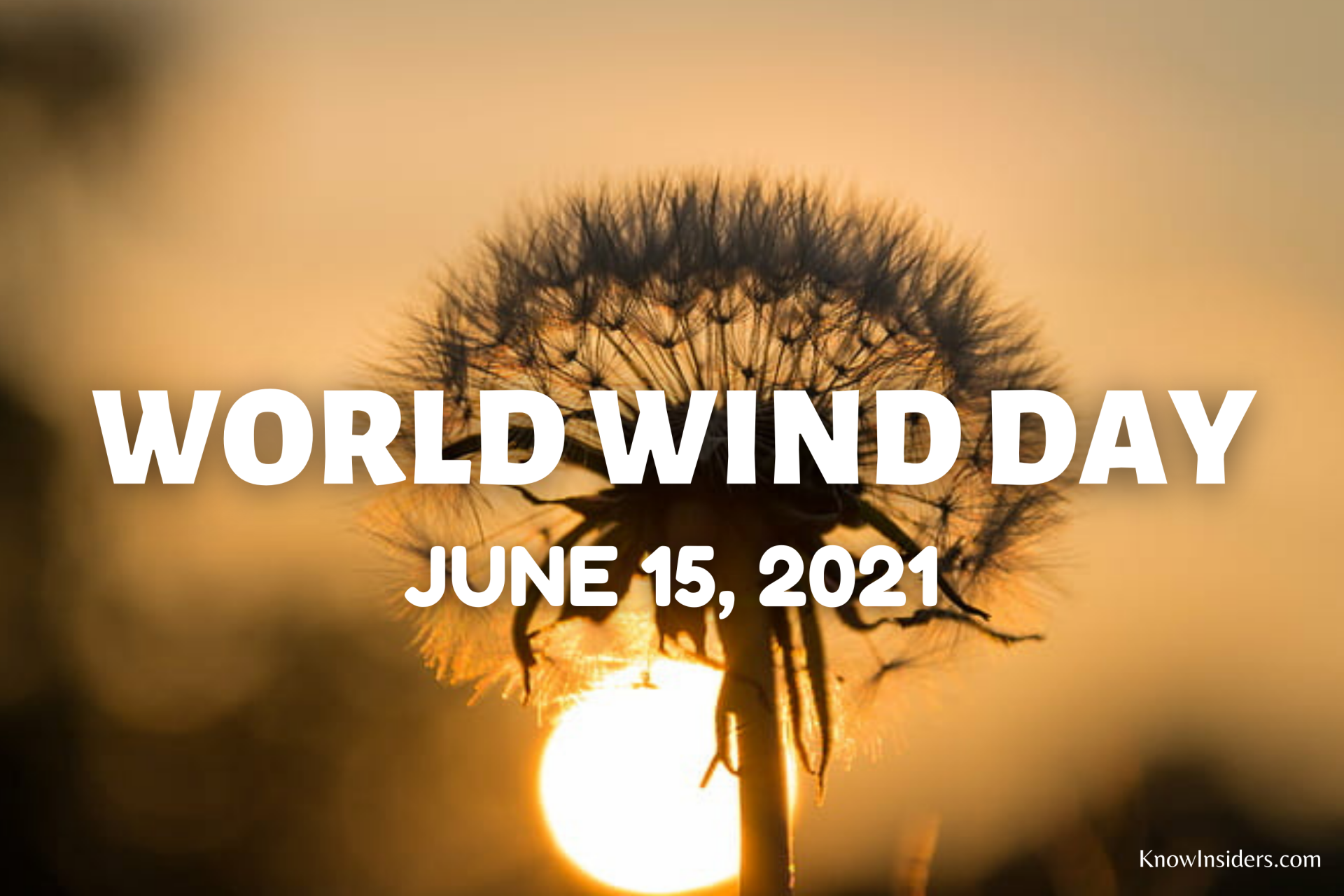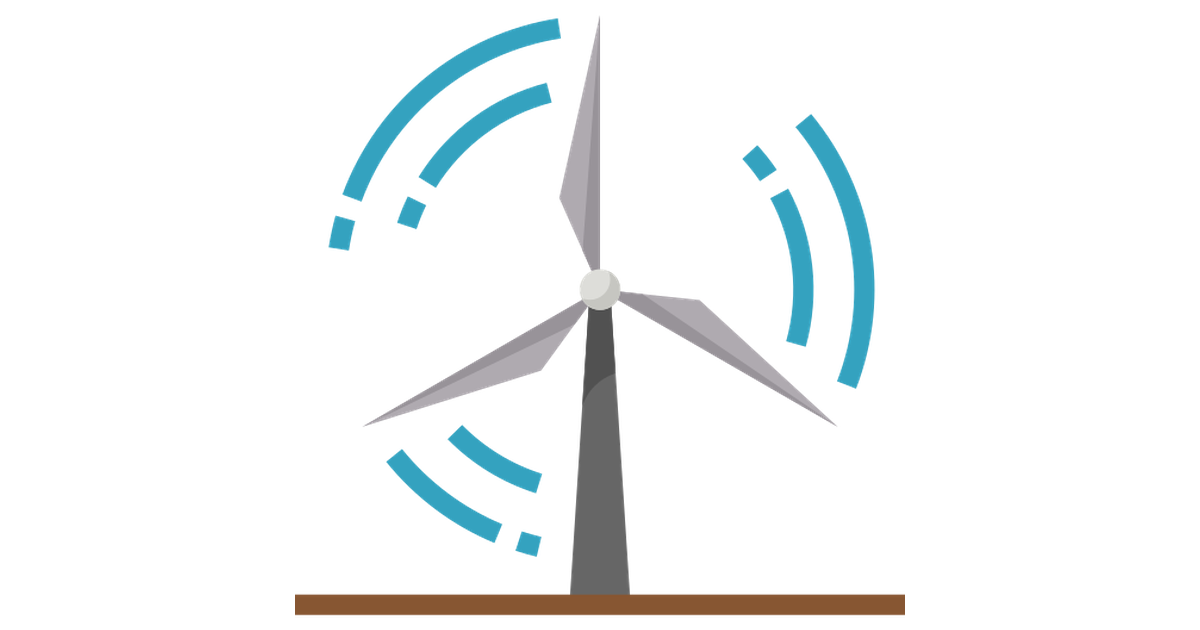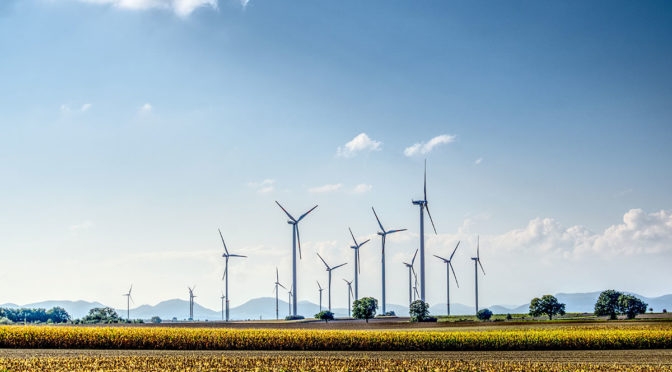World Wind Day (June 15): History, Significance and Theme
 |
World Wind Day: History
EWEA established the day as Wind Day in the year 2007 and later in 2009, EWEA (European Wind Energy Association) and GWEC (Global Wind Energy Council) teamed up with aims to coordinate the events globally and the name was changed to Global Wind Day aka World Wind Day.
It had been organized by the European Wind Energy Association (EWEA), and in 2007 it had reached 18 countries in Europe, with around 35,000 people taking part in it. The day is marked on June 15 every year.
World Wind Day: Significance
The worldwide event that is celebrated every year on June 15 encourages and raises awareness on wind energy, which is a natural form of energy and also sheds light on all the ways that wind energy helps to shape the energy systems and the way it encourages economic and other growth in the society. EWEA established the day as Wind Day in the year 2007 and later in 2009, EWEA (European Wind Energy Association) and GWEC (Global Wind Energy Council) teamed up with aims to coordinate the events globally and the name was changed to Global Wind Day aka World Wind Day.
World Wind Day not only sheds light on the importance of wind energy but also promotes the economic growth of a nation by creating various jobs, particularly in the energy department. Hence, the economic growth that is promoted by wind energy helps to solve the issues of employment. Every year, there are events organized on the occasion of Global Wind Day by the European Wind Energy Association and Global Wind Energy Council. Various kinds of competitions are held on the occasion of World Wind Day.
 |
| Photo: LG Hvac |
Onshore wind is now the cheapest form of new power generation in most of Europe, and offshore wind is not far behind with costs having fallen over 60% in 3 years. And it’s getting easier and cheaper to integrate wind power into the energy system. As a local resource, wind also means much less money spent on fossil fuel imports. And of course, it means less CO2 – and cleaner air – in our cities. Wind turbines have only continued to become bigger, better, cheaper, and more efficient. Wind energy is now one of the most competitive energy sources in markets across the world and is one of the key technologies we need to build the clean energy system required to limit global warming to 1.5°C. The growth of both onshore and offshore wind throughout the world also means more local investment, job creation, and energy savings. The question now is not ‘why wind energy’ but rather ‘why not?
 Best Days & Luckiest Days in June 2021 for Your Zodiac Sign Best Days & Luckiest Days in June 2021 for Your Zodiac Sign |
World Wind Day: Facts about wind power
1. A large wind turbine can produce up to about 2 megawatts of electricity. This factors in that a maximum of 59.3 percent of the wind’s kinetic energy can be converted, based on Betz’s law. In reality, the average turbine operates at an efficiency rate of 20 to 30 percent.
2. According to the U.S. Department of Energy, the United States reached a wind power generating capacity of 82,000 megawatts in 2016. That year over 8,200 megawatts of wind capacity was installed, with the top states in terms of capacity being Texas, Iowa, Oklahoma, California, and Kansas. The first commercial offshore wind facility was completed as well, in Rhode Island, and 41 states had utility scale wind power available.
3. The wind industry is employing more and more workers. In 2016, the number of people working in this field rose by 32 percent from the previous year. It stood at 101,738 at the last count. The Department of Energy has said the fastest growing job in America over the past decade is wind turbine technician. The Bureau of Labor Statistics estimated a growth rate (2014-2024) of 108 percent, more than double the next fastest growing job – occupational therapy assistants. Growth in the number of people working on turbines is more than for physical therapists, home health aides, and others in various medical and technical fields.
4. In general, there are two types of wind turbines, although many subtypes exist. Horizontal-axis turbines are the most common; the rotating components are horizontal to the ground, yielding the propeller-like blades on towers usually found on wind farms. The turbine nose must be facing the wind for there to be any spin, so wind vanes and yaw systems are built in to turn the system towards the wind. Low performance and damage in high wind conditions are possible. Typically, the configuration yields a higher electrical output, but high maintenance and hard-to-reach components can be problematic.
 |
| Photo: Flaticon |
5. Vertical-axis wind turbines, although output is lower and a lower height means wind speeds are generally lower, offer easier access to mechanical parts. Wind from any direction moves the turbine and the vertical axis enables the blades, spinning horizontally to the ground, to move when the wind blows from any direction. They also perform well in extremely high winds, although are less efficient than horizontal systems.
6. By the end of 2016, there were more than 52,000 utility-scale wind turbines in the United States, according to the American Wind Energy Association (AWEA). There were 41 states operating wind energy projects at the utility scale, in addition to Guam and Puerto Rico.
7. The AWEA’s market report for Q2 2017 noted that there were 25,819 megawatts of additional wind capacity under construction or in development, representing a year-over-year increase of 41 percent. Combined activity is highest in the Midwest, which accounts for 30 percent of wind capacity being built or developed. Texas accounted for 27 percent.
8. More than 500 wind-related manufacturing facilities were distributed across the United States in 2016, the AWEA reported. These were distributed across the nation, but many were concentrated in the Northeast, South, and Midwest.
9. The Rated Annual Energy of a turbine is defined by the AWEA’s Small Wind Turbine Performance and Safety Standard. It applies a formula (Power = k Cp 1/2 p AV3) that accounts for factors contributing to the total energy produced in a year, assuming an average wind speed of 11.2 miles per hour. Power output is determined by a maximum power coefficient (Cp), air density (p), rotor swept area (A), and rotor diameter. Wind speed (V) is cubed to account for the large increase in power from just a small increase in speed.
10. Wind energy has been used since 2000 BC in China, and a modern wind turbine can generate enough power for 500 homes, per Department of Energy statistics. The difference between a wind turbine and wind mill is it produces electricity; mills produce mechanical energy instead.
11. Most wind turbines used on wind farms use three blades. Towers can be up to 300 feet high and the blades are up to 131 feet long and made of durable composite materials (vinyl, carbon and glass fibers, polyester, and epoxy resins are used during manufacturing). The tips can move at up to 200 miles per hour if the winds are high enough.
 |
| Photo: Evwind |
12. Power generating capacity is limited to where there is abundant wind. Ideally, the wind should blow at around 8 miles per hour. Satisfactory electricity production requires this to occur for 18 to 20 hours per day because, without wind, electricity cannot be produced by even the most efficient modern turbines.
13. Wind turbines can reduce carbon dioxide output by 125 million metric tons, or the equivalent of 26.4 million cars. For every megawatt-hour of electricity produced, about 1,500 pounds less of CO2 is emitted and, in a year, one new turbine can avoid releasing the equivalent of 900 cars worth of carbon. Wind power also reduces fossil-fuel emissions, and states and utilities are better able to meet regulatory emission reduction requirements put forth by the U.S. Environmental Protection Agency.
14. Wind energy generation also uses little water. According to the Wind Energy Foundation, 68 billion gallons of water were saved in 2014 by wind power facilities, equal to about 215 gallons per person in a year.
15. A 2011 Johns Hopkins University study found that wind farms are most economical when the turbines are placed 15 rotor diameters apart. Most horizontal wind turbine farms had been factoring in a distance of six to 10 times the rotor diameter. The study considered air turbulence created by the turbines and data from computer models and wind tunnel tests.
READ MORE: The Most Important Festivals and Holidays around the World in June
 Facts about World Blood Donor Day (June 14): History, Theme, Celebrations Facts about World Blood Donor Day (June 14): History, Theme, Celebrations World Blood Donor Day is observed on 14 June every year to raise awareness about the urgency of blood donations all over the world and ... |
 World Oceans Day: Great Quotes, History, Significanc and Theme World Oceans Day: Great Quotes, History, Significanc and Theme World Oceans Day is celebrated on 8 June every year to empower people of all ages to become leaders of their own and stop polluting ... |
 National Best Friends Day: Best Wishes & Quotes, History, Significance and Celebrations National Best Friends Day: Best Wishes & Quotes, History, Significance and Celebrations June 8 is National Best Friends Day! It’s the perfect time to get together and catch up! Studies have shown friends are good for your ... |


























